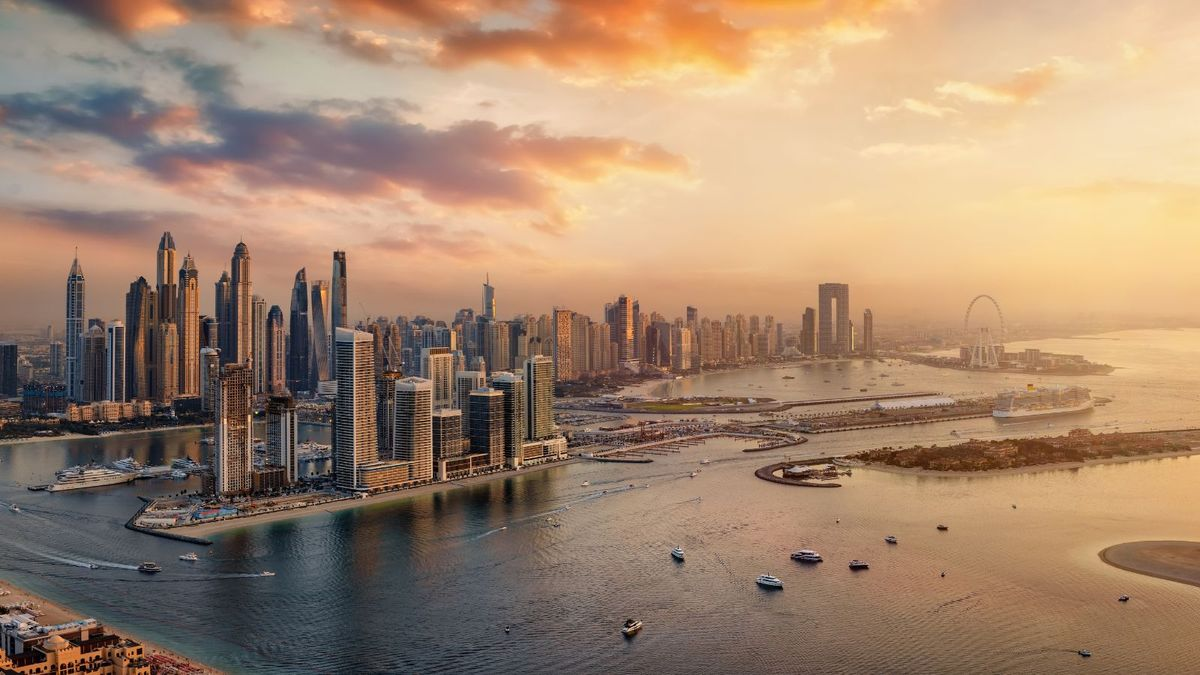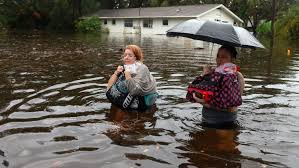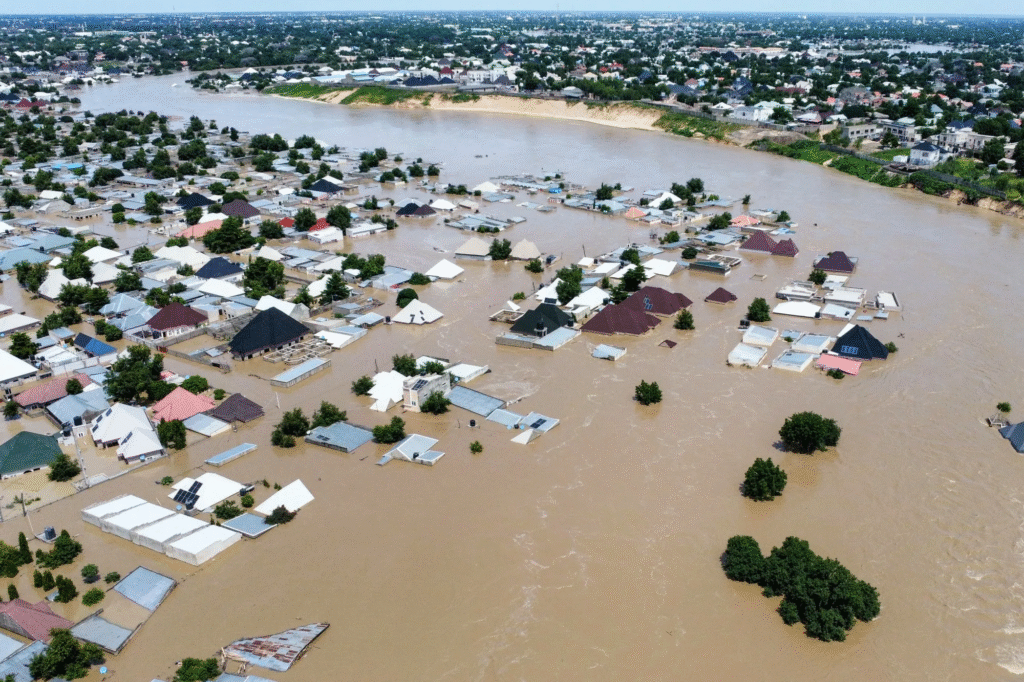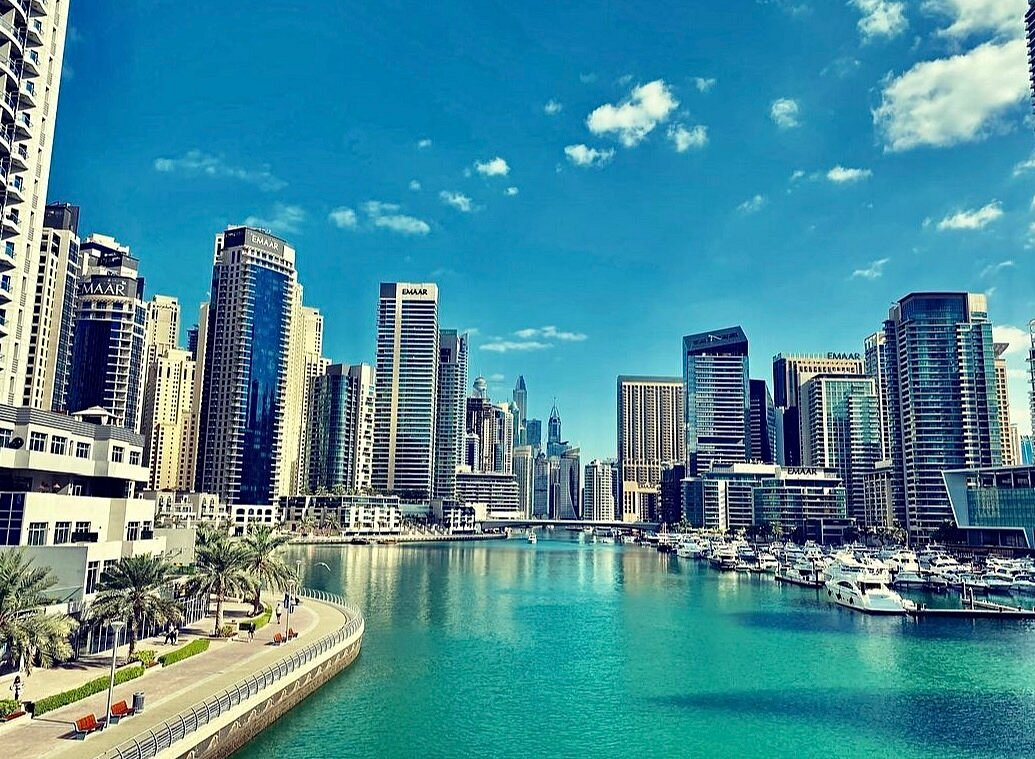Now Reading: How Climate Change Is Supercharging Deadly Floods Worldwide 2025
-
01
How Climate Change Is Supercharging Deadly Floods Worldwide 2025
How Climate Change Is Supercharging Deadly Floods Worldwide 2025

Table of Contents
Flooding is becoming more common and more dangerous all around the world. Scientists say this is because of big changes happening in our planet’s water cycle. The water cycle is nature’s way of moving water through rainfall, rivers, lakes, and oceans. But today, this system is being disrupted by climate change.
In recent years, we have seen deadly floods across Asia, Europe, Africa, and the Americas. Towns and cities are being hit by water levels that have not been seen in hundreds of years. People are losing their homes, and some even their lives. Experts warn these floods will get worse unless we act to protect our environment.
Why Is the Water Cycle Changing?

The water cycle depends on temperature. When temperatures rise, more water evaporates from oceans, lakes, and rivers. Warmer air can hold more moisture, which means heavier rainfall when it does rain. That is why storms today are dumping more water in a shorter time, creating flash floods.
At the same time, changing weather patterns mean that some places get more rain, while others suffer droughts. It’s like nature’s tap has become unpredictable. One moment, a region is bone dry, and the next, it is under water.
Climate scientists link this pattern to greenhouse gases released by burning coal, oil, and gas. These gases trap heat in our atmosphere and change how clouds form and move. This disrupts the delicate balance that the water cycle needs to work properly.
How Floods Affect Communities
Flooding destroys homes, roads, bridges, and farms. People often have to leave their homes, sometimes forever. Businesses shut down, schools close, and hospitals struggle to help injured people.
In poor countries, flooding is even worse because they may not have strong flood defenses like levees or proper drainage systems. Floodwaters can also carry diseases, pollute drinking water, and ruin crops. After a flood, families might struggle for years to recover.
For example, the 2022 floods in Pakistan left one-third of the country under water, affecting more than 33 million people. In Germany and Belgium, flooding in 2021 killed over 200 people and caused billions of euros in damage.
What Can We Do About It?
While we cannot stop flooding completely, we can reduce its impacts. Cities and governments are looking for solutions, such as:
Building stronger flood walls and drainage systems
Planting more trees and protecting wetlands, which absorb water naturally
Creating emergency plans so people can evacuate quickly
Using technology to give people early warnings about storms and rising water
Experts also say we must cut greenhouse gas emissions to slow climate change. That means switching to cleaner energy sources like wind, solar, and hydro power, and making our buildings and transport systems more energy-efficient.
When we do these things, we help bring the water cycle closer to balance and protect communities from deadly floods.
Floods and Our Future
As the planet warms, the risk of flooding will continue to grow. Researchers predict that by 2050, millions more people will live in areas at risk of major floods. Urban populations will suffer the most, because cities often have lots of concrete and too few green spaces to soak up rainwater.
Experts recommend “nature-based solutions” like restoring forests and wetlands, which act like giant sponges. These help slow down the flow of water and reduce flood peaks. They are also cheaper and more sustainable than giant concrete walls alone.
At the same time, communities need better education on how to prepare for floods, including storing clean water, keeping emergency supplies, and knowing evacuation routes.
Stories of Resilience

Even though floods are terrifying, they also bring out the best in human spirit. After severe flooding, neighbors often help each other clean up, share food, and rebuild. Countries send emergency aid and rescue teams. Engineers, scientists, and climate experts are working hard to find solutions to make floods less deadly.
For instance, the Netherlands, which has fought floods for centuries, has developed amazing systems of canals, pumps, and green flood zones. Their “Room for the River” project gives rivers more space to overflow safely, instead of trapping them behind high walls. Other countries are now studying this approach to copy it.
A Call to Action
Flooding and the changing water cycle are powerful reminders that we are part of nature, not separate from it. The choices we make today — about energy, cities, forests, and water — will shape the future of our children and grandchildren.
By working together, we can reduce the damage from floods and protect people around the world. Climate change is a global problem, but local action matters too. Every community can do something, whether by planting trees, improving drainage, or teaching people how to prepare.
If nothing changes, floods will become even more destructive and unpredictable. But if we act now, we can build a safer, stronger, and more climate-ready world.
Read More:- Deyaar’s Latest Announcement Shakes Up the UAE Property Market






















